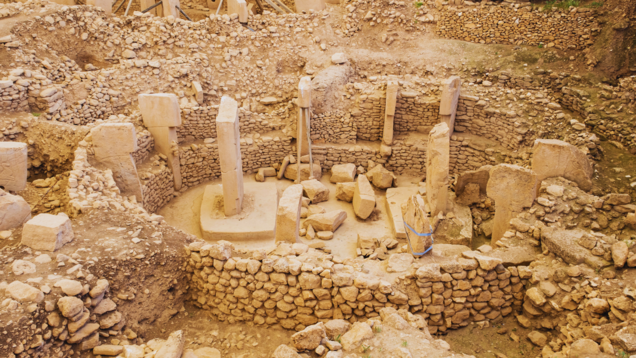Göbekli Tepe, an ancient archaeological site in southern Turkey, has long fascinated researchers due to its significance as one of the earliest known human settlements. The Mesopotamian site is approximately 12,000 years old, dating back to the start of the Holocene, the current epoch that began after the glaciers retreated.
Recently, new interpretations of its carvings have sparked debate about whether the site also records an ancient comet strike that may have occurred nearly 13,000 years ago. This potential event, if true, would be etched into what could be the world’s oldest lunisolar calendar, providing a glimpse into the astronomical knowledge of ancient people.
For those with an interest in archaeology and ancient history, Göbekli Tepe offers a unique window into early human civilisation. Visiting the site allows one to explore the mysterious stone pillars, which not only showcase remarkable prehistoric artistry, but may also hold clues to our ancestors’ understanding of the cosmos. Read on to know if this site is the world’s oldest calendar.
Read more: Ranthambore National Park: A complete guide to safari booking, best zones, and more
The comet strike hypothesis
The theory, led by Martin Sweatman from the University of Edinburgh, suggests that carvings on a stone pillar at Göbekli Tepe depict a comet strike around 10,850 BCE. This event, often referred to as the Younger Dryas impact hypothesis, posits that a comet or its fragments struck Earth, causing a sudden and significant climate cooling. This theory has been both supported and contested in the scientific community since it was first proposed in a 2007 study by nuclear physicist Richard Firestone.

Sweatman’s team reinterpreted the V-shaped symbols found on several pillars at Göbekli Tepe, proposing that these marks represent days, effectively making up a 365-day solar calendar. They argue that the ancient people of this region may have used these carvings to track the sun’s movements and record significant astronomical events, such as a comet strike.
The debate
The idea that Göbekli Tepe could be an ancient astronomical calendar has intrigued some researchers, particularly the potential connection between the V-shaped carvings and the solar year. However, the comet strike hypothesis remains controversial. Critics argue that there is no definitive crater linked to the supposed impact, and some believe that the cooling period associated with the Younger Dryas could have other explanations unrelated to a comet.
Read more: 10 most photographed cities across the globe
Despite these challenges, Sweatman’s team draws parallels between the Göbekli Tepe carvings and other ancient artifacts, such as the Nebra sky disk found in Germany. The disk, dating back to the second millennium BCE, also features symbols that some believe represent celestial events, possibly including a comet.
As debates continue among researchers, Göbekli Tepe makes for a must-visit destination for those fascinated by the mysteries of our past.

